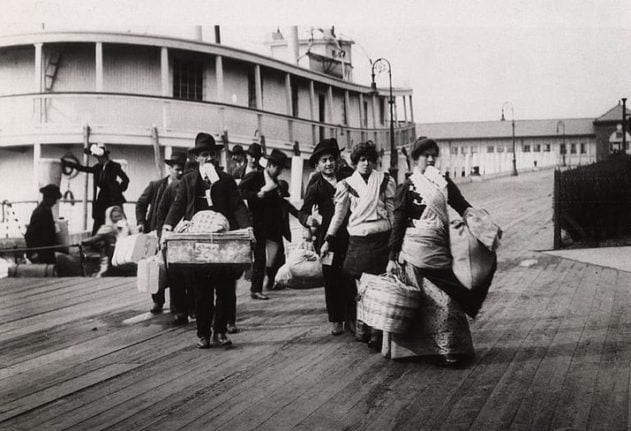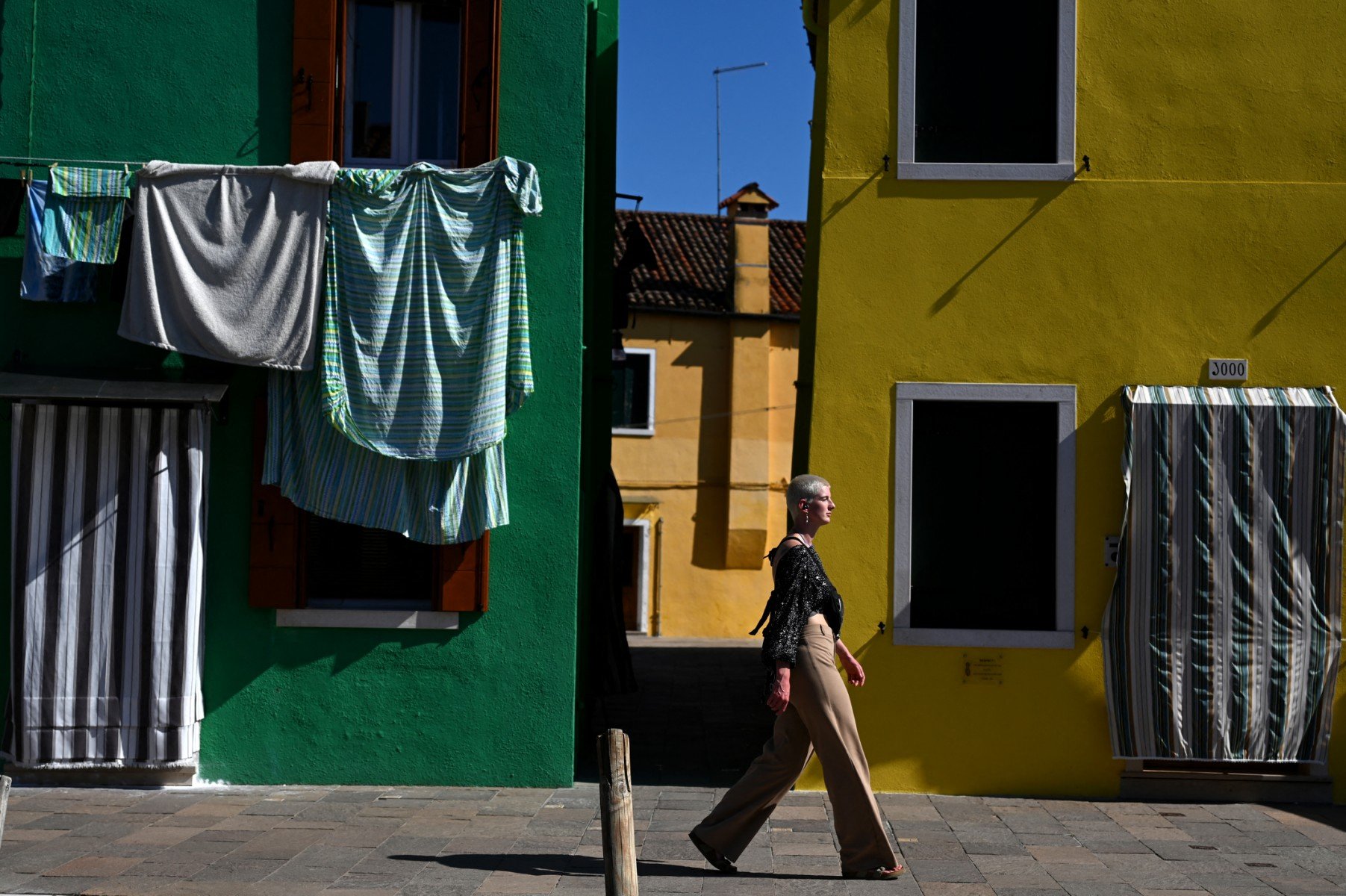Many Italian-Americans who have Italian ancestors are not aware that they may have inherited a right to Italian citizenship by descent, otherwise known as Italian citizenship jure sanguinis. We’d like to know, where do your Italian ancestors hail from – and are you planning on reclaiming your family heritage?
We also explore how you can prove your right to citizenship, in the necessary legal sense.
Taking the first steps
The first thing you need to do if you’re looking to apply for Italian citizenship by descent is to make a note of the dates and places of births, marriages, and deaths of your family members in your Italian line of descent, including your Italian ancestors. If available, you also need to find out the exact dates when your Italian-born ancestor(s) became naturalized citizens of the United States.
Once you have this information, the rule of thumb is that you are eligible if you meet the criteria right below. If you are still uncertain whether you qualify, free eligibility assessment services such as the one offered by Italian Citizenship Assistance, a network of Italian and American lawyers with offices in Italy and the US, are a useful resource.
Criteria for eligibility
-
You are of Italian descent or were adopted by at least one person of Italian descent as a minor (21 if born before 1975; 18 if born after 1975)
-
At least one of your Italian-born ancestors was alive and an Italian citizen after the year 1861 (the Italian unification)
-
Neither your Italian-born ancestor nor any of your ascendants in your Italian line became a naturalised citizen of another country before the birth of the next person in the Italian line

Look out for these exceptions
Unfortunately, even if your first steps indicate that you qualify, there are a few exceptions to the general rule. The first disqualification is if you have renounced your Italian citizenship voluntarily before August 15, 1992. Other things that would make you ineligible for Italian citizenship by descent include:
-
Your Italian-born ancestor was naturalised before June 14, 1912
-
You have an Italian female in your Italian line who gave birth to her child before January 1, 1948.
-
You were born before 1948 and your only Italian legal parent is female.
Note: People whose cases fall in the two latter categories may pursue Italian citizenship via the Italian court system.

The documents you need
If you have established your eligibility, gathering the required legal documents is where things get a bit more complex. The first thing to know is that all the U.S.-issued vital records (including birth, marriage, and death certificates) that are relevant for your application must be certified “long form” copies (i.e. an abstract will not do). In addition, they must bear the official seal of the Registrar’s Office as well as the date when each certificate was filed. Finally, each document must not be a genealogical copy or photocopy, and also have an affixed APOSTILLE, the legalization provided by either the United States Department of State or the Treasury Department.
Now the catch is that it is never enough for you to merely obtain your own certificates. In all cases, you have to collect – and translate into Italian – the certificates of all the people who are relevant to the transmission of your right to Italian citizenship by descent. Unless you are making use of a legal service such as Italian Citizenship Assistance’s Executive Full Service package, the process of identifying, obtaining, authenticating, and translating all of the required documents is often the most time-consuming and complicated phase of the application process. There are no simple answers here, since it all depends on your particular family history and Italian lineage, your state of residency, as well as whether you are applying in Italy or the United States.
Applying in the US or Italy
Once you have secured translations of all of the required legal documents – and had the translations certified by an Italian consulate or Embassy – it is time to submit your application either to the Italian consulate nearest to where you are legally residing or to an Italian municipality in Italy. If you let Italian Citizenship Assistance handle the application process for you they can cover this step too.
If you choose to apply in Italy, Italian Citizenship Assistance can assist you throughout the entire process as part of one of their Full Service Executive packages. Italian Citizenship Assistance will also be able to assist you in setting up your legal residence in Italy, which is required if you want to apply in Italy.
Examples of successful applications
Applying at the consulate:
Theresa*, who lives in Brooklyn, found out she may be eligible for Italian citizenship by descent since her grandfather Vincenzo was born in a small village in southern Italy at the end of the 19th century. While working on her family history, she found out her Italian-born grandfather Vincenzo emigrated to the US in 1910, where he met Mary, Theresa’s grandmother. In 1911, Theresa and Vincenzo got married in the borough of Queens. Theresa’s father was born in 1920, just a couple of years before Vincenzo’s naturalisation as a US citizen. Thanks to ICA’s findings, she was able to confirm her eligibility for Italian citizenship. ICA started preparing Theresa’s application for Italian citizenship, which was submitted at the Italian consulate in New York City in August 2017. Her appointment at the consulate went smoothly and no integration was required. Less than one year later, she received an e-mail from the Consulate, formally stating she is an Italian citizen by right of descent. She was then entitled to apply for her Italian passport, and she is now living in Europe as an Italian citizen.
Applying in Italy:
Joseph* has always wanted to reconnect with his Italian roots and, once retired, move to Italy with his entire family. When he found out that he was eligible to apply for Italian citizenship, he reached out to ICA seeking assistance in the process of applying for Italian citizenship by descent directly in Italy. He wanted ICA to provide an “assistance package” tailored to his needs (he wanted to apply together with his son). His case was very peculiar, as it involved some discrepancies in his documents to be fixed on some key documents, and some records that were hard to locate. After ICA successfully amended all the inconsistencies and retrieved all the missing records in the correct format, Joseph and his son were ready to move to Italy and file their citizenship application directly in Italy. ICA helped them finding appropriate accommodation in town and walked them through every step of the process, from establishing the residency in Italy to submitting the paperwork to the citizenship clerk. A few months later, Joseph and his son received the confirmation of Italian citizenship from the Municipality, and they are now in the process of purchasing a property in Tuscany.
Reconnect with your Italian heritage. Start the journey with Italian Citizenship Assistance today.




 Please whitelist us to continue reading.
Please whitelist us to continue reading.